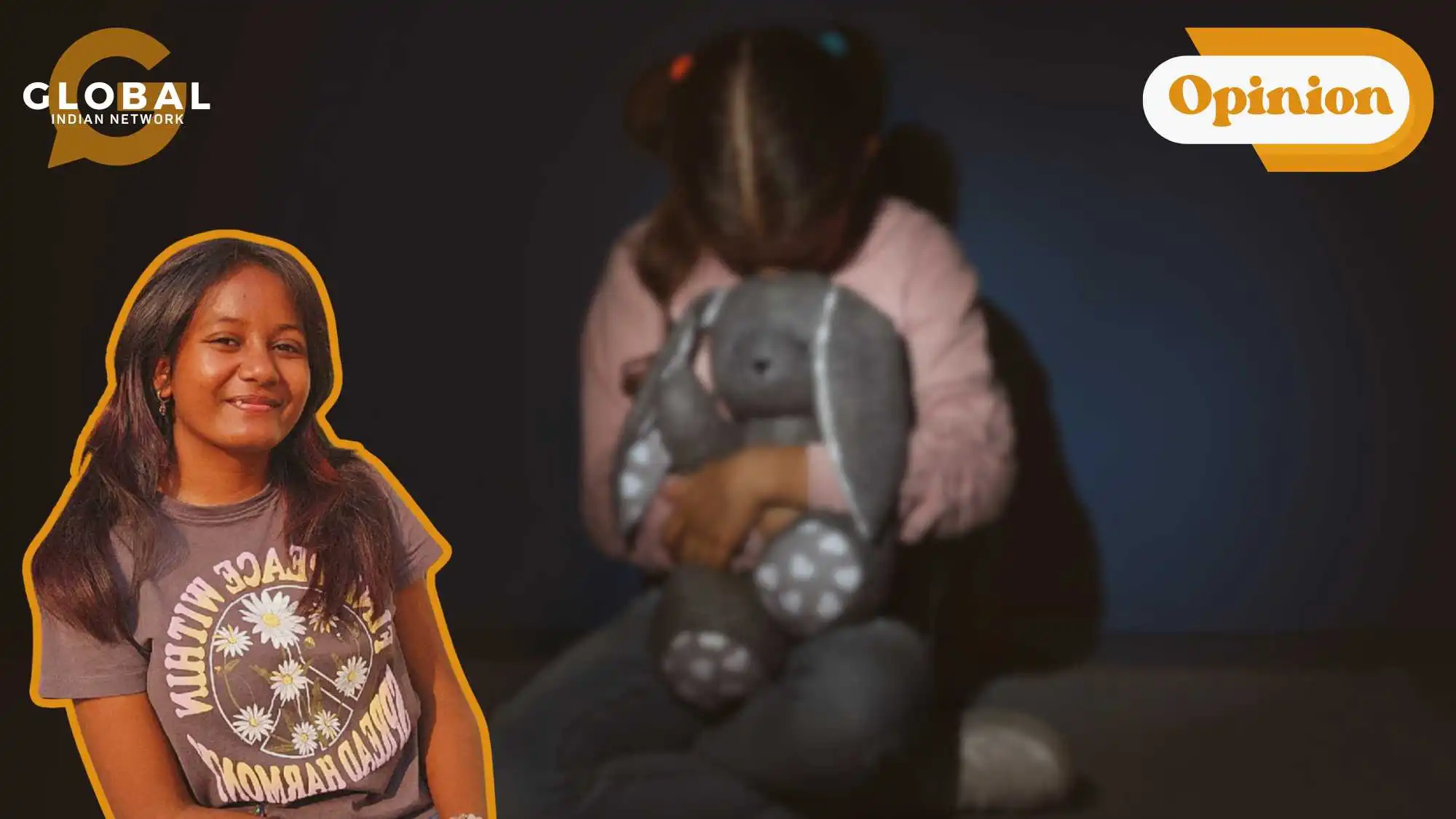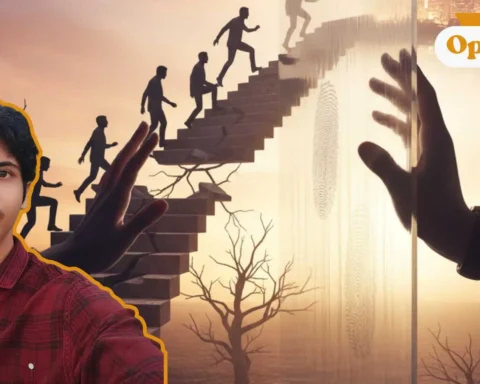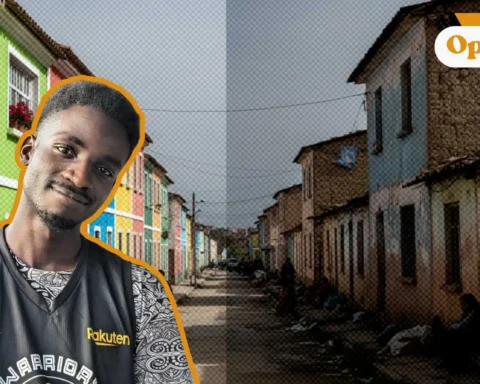Bangladesh is in a critical state, grappling with increasing numbers of child marriages at the highest rates. Despite all the legal prohibitions and serious efforts by various organisations, the practice is alarmingly prevalent, deeply rooted within socio-cultural norms and terrible economic conditions.
This deeply rooted socio-cultural as well as economic issue steals the dreams of millions of girls and boys. Their childhood health education and future prospects are destroyed, and the ongoing cycle of poverty and disempowerment continues. Addressing these complex issues requires a multi-faceted approach that helps to tackle the underlying cause and empowers communities to protect the rights of young girls.
The Catalyst Behind Child Marriages
The persistent child marriage cases in Bangladesh are pushed by a confluence of many interconnected factors. Poverty is often the primary catalyst for child marriages. Families grappling with financial struggles view early marriages as a way to reduce economic burden and secure their daughter’s future, and to avoid increasing dowry demands if the girl gets older. It is believed that if the girl is younger, the dowry asked is less, but if the girl is a little older, the dowry is higher.
Girls are usually seen as financial liabilities, and marriage to them means transferring this financial burden to the groom’s family. Beyond the economic hardships, sometimes child marriages are seen as social norms, and patriarchal attitudes play a big role. Traditional beliefs of purity and family honour of the girl lead the family to marry off their daughters early to protect them from sexual harassment, pre-marital pregnancies or social stigma.
The lack of proper and adequate education opportunities, particularly for girls in villages or rural areas, contributes to the problem. When girls are not in school, the family considers them ready for marriage. Additionally, natural disasters and climate change affect vulnerable communities of Bangladesh and push families deeper into poverty and insecurity, leading to the marrying off of their daughters to reduce the financial stress.

Disastrous Consequences For Girls
The disastrous consequences of early marriage for girls are far-reaching and jeopardise their social being, mental and physical health. Early pregnancy and childbirth among adolescent girls cause severe health complications, including mental health issues and stress. Some girls even die during childbirth because their bodies are not strong enough to endure childbirth pain, which also increases the infant mortality rate. Their young bodies are not fully developed to support these rigours of childbirth and pregnancy.
Child brides face immense psychological distress, mentally and emotionally, and have a higher chance of falling into depression, anxiety, and often commit suicide. They choose to cut themselves off from their friends and are forced to drop out of school. They are often subjected to domestic violence and abused by husbands and in-laws. They lose control over their lives, which causes helplessness and disruptions in personal development.
Child marriages exaggerate already existing gender inequality by limiting a girl’s access to education and denying them equal opportunities to thrive. They are limited in their personal development, skills development and economic independence, trapping them into poverty, generation after generation.
Solutions and Challenges
Solving the issue of child marriage requires a very comprehensive strategy that requires strengthening legal enforcement, economic empowerment, and social transformation. Strengthening and empowering the implementation of the Child Marriage Restraint Act 2017. Ensuring that whoever facilitates child marriage receives a crucial punishment.
Investing in girls’ education is one of the major tools to solve these problems, as it shows that girls who receive higher education are less likely to get married early. Providing economic help to the families to keep their daughters in school with vocational training and livelihood opportunities for girls and women, which can help break the cycle of poverty, which is the major reason for child marriage.
Empowering adolescent girls by teaching them about their rights and building life skills so that they can resist early marriage and advocate for their futures. Collaboration with various NGOs, Government organisations and local communities, creating a healthy, safe and supportive environment where the girls are educated and empowered to make their own decisions.
Conclusion
Child marriage is a very complex issue. It is a humanitarian and development crisis that needs immediate attention as it violates human rights, takes away the potential of an entire generation of girls and hampers a nation’s progress.
While the challenges to overcome are not that easy and require constant efforts, enforcing laws, expanding educational opportunities, addressing poverty, and challenging social norms that have been there for years, addressing and solving these issues can save the future of Bangladeshi girls who have the right to exercise childhood, education and life free of forced marriage or early marriage. To progress, Bangladesh needs to use its full female population potential and build a fairer and prosperous society where everyone has the opportunity to decide what they want to do in their lives, regardless of gender.

Let us know your thoughts. If you have burning thoughts or opinions to express, please feel free to reach out to us at larra@globalindiannetwork.com.









